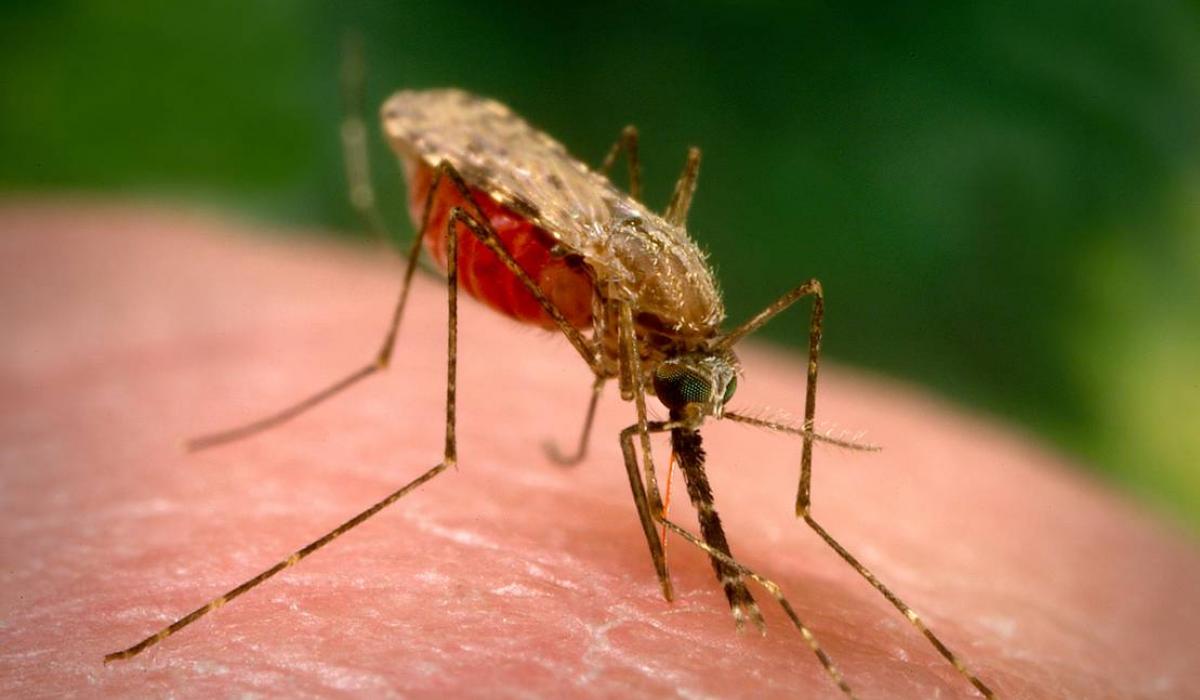
Anopheles gambiae is a complex of at least seven morphologically indistinguishable species of mosquitoes in the genus Anopheles. This complex was recognised in the 1960s and includes the most important vectors of malaria in sub-Saharan Africa particularly of the most dangerous malaria parasite, Plasmodium falciparum. It is one of the most efficient malaria vectors known.
Despite being morphologically indistinguishable, individual species of Anopheles gambiae complex exhibit different behavioural traits. For example, the Anopheles quadriannulatus, is generally considered to be zoophilic, (taking its blood meal from animals) whereas Anopheles gambiae sensu stricto is generally anthropophilic (taking its blood meal from humans). Identification to the individual species level using the molecular methods of Scott et al. (1993) can have important implications in subsequent control measures.
A. gambiae s.str. has been discovered to be currently in a state of diverging into two different species — the Mopti (M) and Savannah (S) strains — though as of 2007, the two strains are still considered to be a single species. The A. gambiae s.str. genome has been sequenced three times, once for the M strain, once for the S strain, and once for a hybrid strain. Currently, ~90 miRNA have been predicted in the literature (38 miRNA officially listed in miRBase) for A. gambiae s.str. based upon conserved sequences to miRNA found in Drosophila.
The mechanism of species recognition appears to be sounds emitted by the wings and identified by Johnston's organ.
An. gambiense invaded northeastern Brazil in 1930, which led to a malaria epidemic in 1938/1939. The Brazilian government assisted by the Rockefeller Foundation in a programme spearheaded by Fredrick Soper eradicated these mosquitoes from this area. This effort was modeled on the earlier success in eradication of Aedes aegypti as part of the yellow fever control program. The exact species involved in this epidemic has been identified as An. arabiensis. (Source: Wikipedia)
